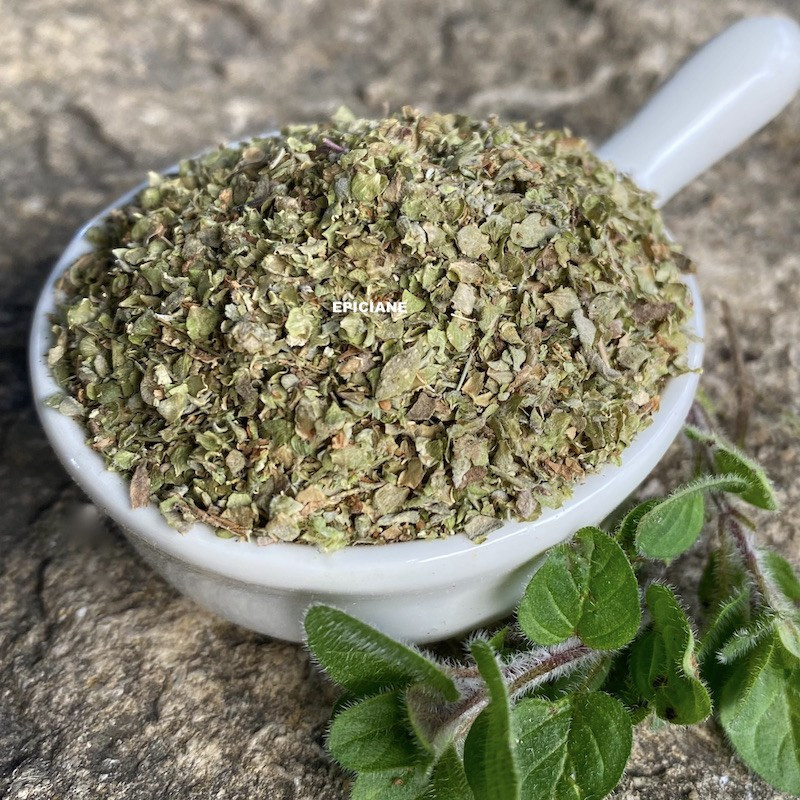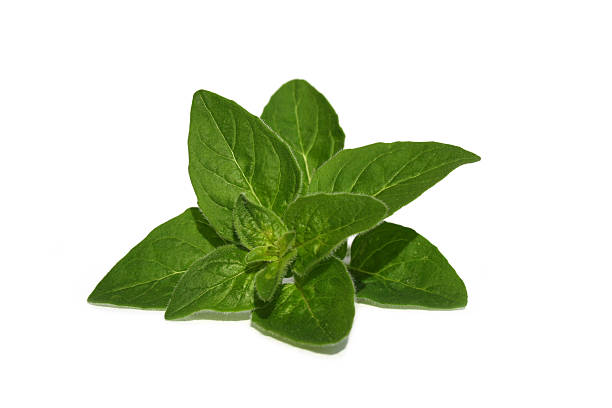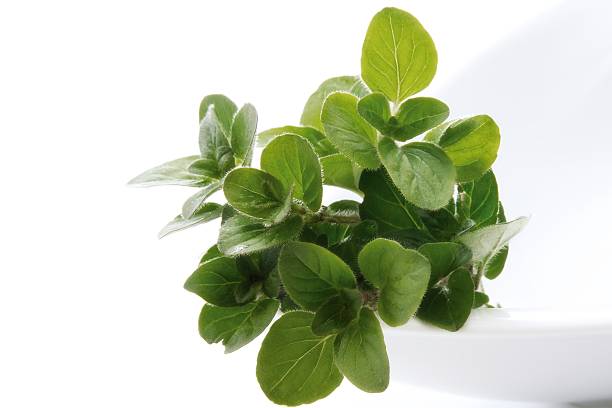
Reference: 021122


This cousin of oregano is milder and more lemony than oregano.
It will elevate your pizzas, tomato coulis, Bolognese sauces, pasta, as well as your vegetables, meats, and even salads!
 Delivery
Delivery
Mondial Relay
 Returns
Returns
See conditions
 Payments
Payments
100% secure
Delivered in a resealable bag
 Marjoram is delicious in all tomato-based dishes, where it can also be mixed with its cousin oregano: coulis, pizzas, ratatouille, Bolognese sauces, "Provençal" tomatoes, and soups. It also pairs well with most vegetables, vegetable stuffing, salads, and even bread or dough-based preparations like fougasses. Finally, it’s also excellent with meats and is a key ingredient in the "Herbes de Provence" mix, where it is an essential component.
Marjoram is delicious in all tomato-based dishes, where it can also be mixed with its cousin oregano: coulis, pizzas, ratatouille, Bolognese sauces, "Provençal" tomatoes, and soups. It also pairs well with most vegetables, vegetable stuffing, salads, and even bread or dough-based preparations like fougasses. Finally, it’s also excellent with meats and is a key ingredient in the "Herbes de Provence" mix, where it is an essential component.
Its fragrance is milder and more lemony than oregano, making it suitable for use in salads, where oregano would be too strong. For cooking dishes, it’s best added during the latter part of cooking, like most aromatic herbs, to preserve its fragrance.

Origin: Egypt
Scientific Name: Origanum marjorana
Common Names: Garden Oregano, Sweet Marjoram, Shell Marjoram
 Marjoram is a small perennial plant from the Lamiaceae family, growing up to 60 cm, with oval leaves about 2 cm long and a grayish-green color. It is cultivated as a herb for its aromatic leaves.
Marjoram is a small perennial plant from the Lamiaceae family, growing up to 60 cm, with oval leaves about 2 cm long and a grayish-green color. It is cultivated as a herb for its aromatic leaves.
In late spring or early summer, it produces small, tightly-packed white flowers at the leaf axils. It’s very similar to oregano and is often confused with it, despite several differences: flower color, plant persistence in winter, fragrance, and leaf size. In Provence, where some still gather wild herbs from the garrigue, it’s actually oregano that’s picked, but it's called "marjoram," further blurring the distinction between the two plants!
Marjoram originates from the Eastern Mediterranean basin (Cyprus, Turkey) and has been cultivated throughout Europe since antiquity. It loves sunny locations but doesn’t tolerate cold, especially when combined with moisture, which makes it impossible to preserve as a perennial north of the Loire.
The richness of marjoram in various compounds makes it a health seasoning, though typical consumption provides only a small portion of our body’s needs! It’s also a good source of vitamin K and iron.
°°°
The ancient Egyptians already used marjoram (and oregano, by the way) to appease the gods and embalm their dead.
It was introduced to America by Europeans during the early days of colonization.
The name "marjoram" first appeared in the French language in 1338.
English and German: Marjoram
***
Data sheet
Reference: 021122
Reference: origan
Reference: 7K4954201
Reference: 11N7754201
Reference: 3N7201902
Reference: 10831902
Reference: fevetonka
Reference: 021122
Reference: 20818101
Reference: EPI230203
Reference: 000356960001
Reference: badianeE
Reference: gingembreE
Reference: paprika
Reference: ecorcecitronH
Reference: selguérande
Reference: 00723801
Reference: EPI230115
Reference: 1N6987004

This cousin of oregano is milder and more lemony than oregano.
It will elevate your pizzas, tomato coulis, Bolognese sauces, pasta, as well as your vegetables, meats, and even salads!